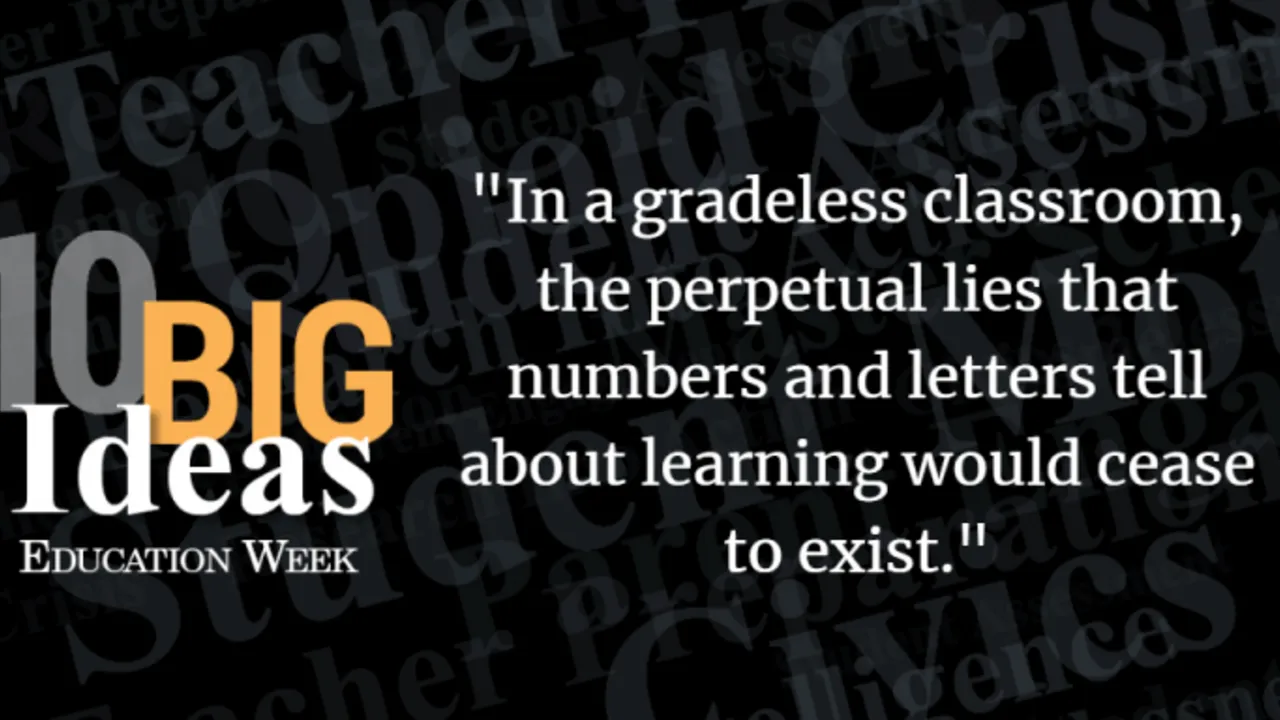Why It's Time to Rethink Traditional Classroom Management
Jun 26, 2025
Opinion
By Mark Barnes
For years, I ran my classroom by the book—literally.
Rows of desks. Hands folded. Eyes front. Silence unless I asked a question. I thought this was “good” classroom management. After all, my room was quiet, orderly, and on schedule.
But something didn’t feel right.
I started noticing the blank stares… the tapping pencils… the barely-contained yawns. My students were showing up, but they weren’t there. The spark was gone. Worse, they hated my class. One brave student even told me, “I dread coming in here.”
That hit hard.
So I made a choice.
I pushed the desks together. I encouraged movement. I built time into lessons for peer collaboration and group discussion. I gave students more freedom to explore, question, and create. I stopped trying to control everything—and started listening.
And everything changed.
Suddenly, kids who used to avoid eye contact were raising their hands. Conversations buzzed with energy. Projects stretched beyond expectations. One student told me, “I can’t believe class is over already.”
Now, I know what real classroom management looks like. Not silent obedience—but active engagement.
Classroom management has long been one of the most debated aspects of education. From teacher prep programs to parent-teacher meetings to viral threads on social media, the question lingers: What does a well-managed classroom really look like?
For decades, the prevailing vision was clear—students seated in neat rows, eyes front, hands folded, voices silent. The teacher, positioned at the front, controlled the room with structure, consequences, and order. This traditional model values obedience, compliance, and minimal movement or noise. And for many years, it was considered the gold standard for good teaching.
But is it really?
As schools evolve and the needs of learners become more complex, educators are increasingly questioning whether this model still works—or whether it ever did. A more progressive vision is emerging—one that places students at the center, encourages movement and conversation, and embraces collaboration over compliance.
The Old Model: Control Over Connection
The traditional approach to classroom management is rooted in control. Students are expected to sit still, listen quietly, and absorb information. There’s little room for questioning, interaction, or creative thought. Any deviation from the script—talking out of turn, getting up without permission, asking too many questions—is labeled “misbehavior.”
While this structure may produce short-term quiet, it often leads to disengagement. Students may follow the rules, but they’re not necessarily learning. Worse, many students—especially those with diverse learning needs, cultural backgrounds, or active learning styles—feel stifled or misunderstood.
A New Vision: Movement, Voice, and Ownership
Now imagine a different kind of classroom. Desks may be arranged in clusters or flexible formations. Students move about purposefully—gathering materials, working in groups, discussing ideas. There’s a buzz of conversation. The teacher isn’t always at the front but circulates, coaches, and facilitates. There are expectations, but they’re rooted in mutual respect and student ownership.
This approach isn’t about chaos. It’s about purposeful freedom. And studies—and classroom observations—consistently show that when students are given the opportunity to collaborate, communicate, and take charge of their learning, they become less likely to disrupt and more likely to thrive.
In classrooms where students work together regularly and are encouraged to talk through their thinking, ask questions, and share ideas, discipline issues often decrease—not increase. Why? Because students feel seen, valued, and engaged.
Shifting the Role of the Teacher
This shift doesn’t mean the teacher becomes invisible or loses authority. In fact, effective classroom management in student-centered environments requires even more intention and skill. Teachers must design routines that support collaboration, set clear expectations for movement and talk, and teach students how to self-regulate and work together respectfully.
Rather than controlling every aspect of the environment, the teacher becomes a guide—someone who helps students navigate learning, mediate conflict, and grow both academically and socially.
From Compliance to Curiosity
One of the biggest benefits of a more progressive classroom management style is the transformation from compliance to curiosity. When students aren’t afraid of making mistakes or speaking up, they begin to take intellectual risks. They become more invested in their learning and more willing to try, fail, and try again.
In fact, students who are frequently engaged in peer collaboration and inquiry-based tasks show increased enthusiasm for learning. They come to class excited rather than anxious. And that shift can have a powerful impact on everything from academic outcomes to school climate.
Final Word
The traditional image of the “well-managed” classroom—silent, still, and teacher-centered—no longer reflects the needs of today’s learners. While structure and consistency are essential, true engagement comes from giving students space to think, talk, move, and grow.
It’s time to let go of the myth that quiet equals learning. In reality, the classrooms that feel a little noisy, a little busy, and a lot collaborative are often the ones where the most meaningful learning is happening.
If you're ready to create a more student-centered environment where collaboration and inquiry replace compliance and silence, explore strategies for progressive classroom management.

Mark Barnes is a 30-year educator, founder of Times 10 Publications, and creator of the Hack Learning Series.
Resources
How to Deal With Student Defiance (Times 10 Publications)







